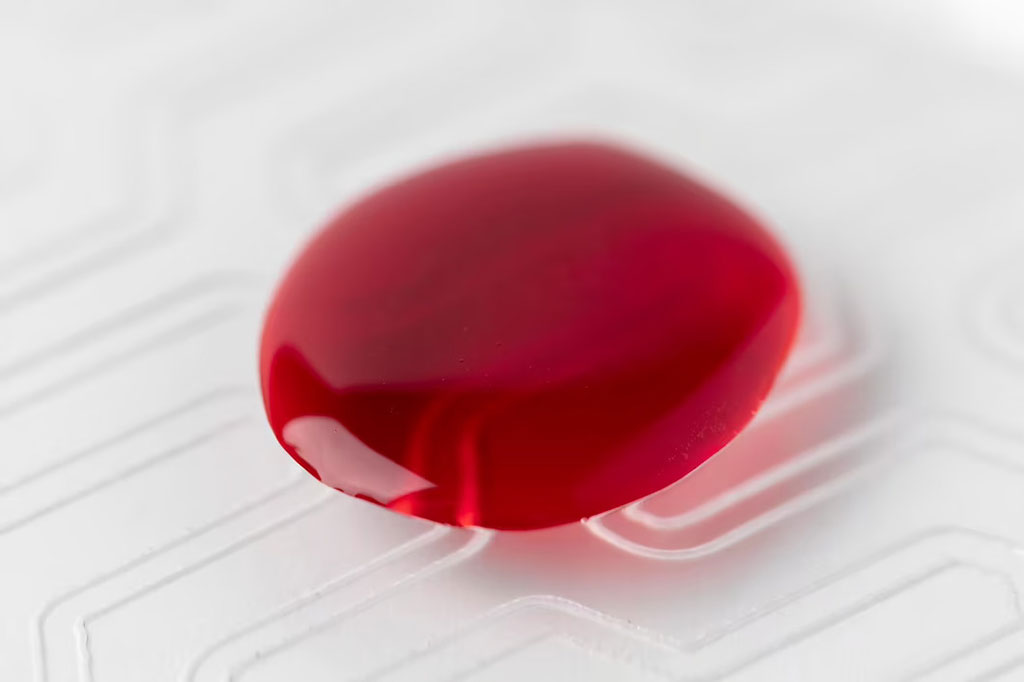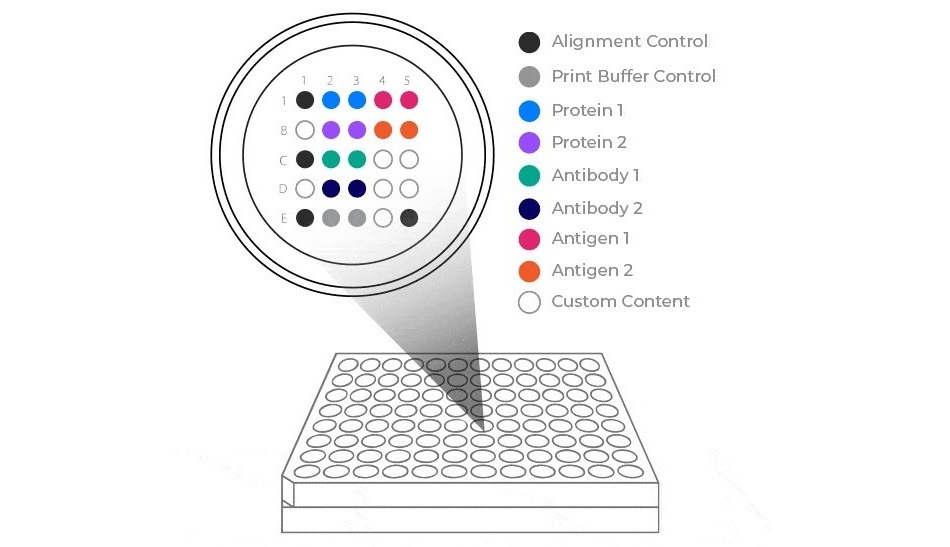Novel Testing Method Detects HIV and Hepatitis B/C from Single Drop of Blood
Posted on 14 Apr 2023
Every year, over one million people succumb to hepatitis B or hepatitis C, while 650,000 die from HIV-related causes and 1.5 million contract HIV. The World Health Organization aims to eliminate all three viruses by 2030, requiring new testing methods to decrease case numbers. The most common test for hepatitis B, hepatitis C, and HIV involves drawing blood from a vein with a needle. However, this approach is not always suitable in prisons, drug rehabilitation centers, and homeless shelters or in countries where blood sample shipping and refrigerated storage pose challenges. Alternative methods, such as dried blood spot tests, can detect nucleic acid from the three viruses in a single blood spot.
At this year's European Congress of Clinical Microbiology & Infectious Diseases (ECCMID) in Copenhagen, Denmark, (April 15–18), researchers at Copenhagen University Hospital (Copenhagen, Denmark) presented data on a test capable of detecting HIV, hepatitis B, and hepatitis C using a single drop of blood. The test involves pricking the individual's finger, collecting a few blood spots on filter paper, and allowing them to dry. The Hologic Panther System, commonly found in public health laboratories, then employs transcription mediated amplification to analyze one blood spot for genetic material from the three viruses.

The researchers assessed the test by analyzing 20 samples containing known amounts of HIV, hepatitis B, and hepatitis C using the dried blood spot method (60 samples in total) and successfully detected the viruses in all samples. Plasma dilution determined the lower detection limit, revealing the capability to detect the viruses at levels significantly lower than those typically found in untreated patients.
“We've shown that using existing hospital equipment, it is possible to detect HIV, hepatitis B and hepatitis C from a single drop of blood,” said Stephen Nilsson-Møller at the Department of Clinical Microbiology, Copenhagen University Hospital. “The dried blood spot test is ideal for places where you don't want to use a needle for safety reasons or where it is less practical. It is also suitable for developing countries or places where you run the risk of a blood sample being ruined before it is transferred to a laboratory that can analyze it. Blood samples need to be analyzed within six hours when kept at room temperature, while dried blood spots can last for nine months without refrigeration.”
Related Links:
Copenhagen University Hospital













